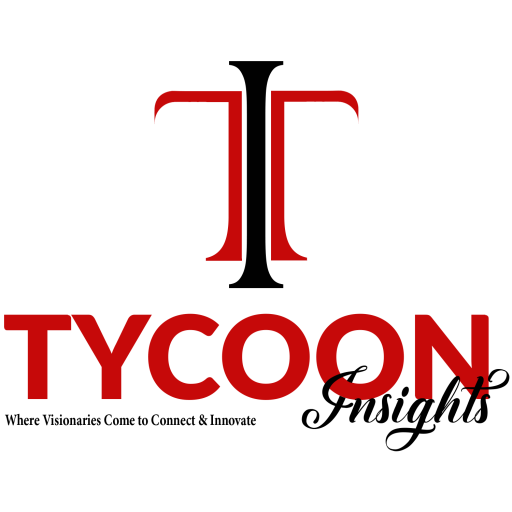Protecting Cloud Infrastructure
With the growing adoption of cloud computing services, it has become evident that securing cloud infrastructure ranks high in the order of priorities of most organizations all over the world. In this era of technology, where undoubtedly data is the greatest commodity to any company, protecting the cloud infrastructure becomes paramount. There are lots of issues which need to be solved in order to protect the clouds and also, their data such as management of the data breach incidences and other cyber attacks / threats. This manual will help you to understand the key components involved in cloud infrastructure protection and give you practical suggestions on how to protect your cloud assets.
Understanding Cloud Infrastructure Security
When speaking about the cloud infrastructure security, it is the set of rules and actions developed o protect the systems oriented in the cloud from people accessing them without permission, threats and data loss. Cloud services are embraced with a number of organizations today and so a portion of their sensitive information and programs are stored in the cloud thereby clouding its advantages. While this change has several benefits including ease of use and ability to scale, organizations are also faced with new security threats that call for extensive measures to deal with them.
Typical Risks Associated with Cloud Infrastructure
When it comes to protecting your cloud architecture, understanding the most prevalent risks is imperative. Some of them include:
- Data Breaches: Attacks where cloud centric sensitive information is accessed by hackers.
- Malicious Software: Software which attempts to compromise information stored in the cloud.
- Breach of Trust: Employees and subcontractors with access to specific cloud systems may pose a security risk either wittingly or unwittingly.
- Account Hijacking: Where cybercriminals seize the control of specific user accounts for the purposes of accessing and abusing the company’s internal data.
The Significance of Robust Authentication Techniques
Cloud infrastructure may be at risk for a number of reasons; however, safeguarding it with strong authentication methods is one of the simplest yet most efficient techniques. In many cases, hackers gain access through weak or reused passwords. Hence, companies will require multi-factor authentication (MFA), which provides another level of security, in addition to a password. In most cases, this will mean that the user will have to use a different device or a different method in order to prove their identity, for example, a fingerprint or text message code.
Encryption: Mechanism to Protect Sensitive Information while in Transit and at Rest
Encryption makes it possible to restrict unauthorized access to some forms of information. This includes converting the information sensitive data into a format, using a non-readable language, which cannot be read by any person who does not possess a decryption key. If appropriate measures are taken to encrypt the data stored in the cloud, as well as the data that is going into, or out of the cloud, there is quite an unrealistic risk of any data breach or data loss. Of course work with cloud provider to ensure data is encrypted end to end on all data in and out of the system.
Periodic Surveillance and Assessments
The primary objective of any surveillance practice is the prevention of potential risks, threats or any harm to the cloud infrastructure. It means on a daily base, Monat has to monitor its systems, check for any irregularities, possible unauthorized access, and any loopholes in the system that can lead to risk situations. Incorporate either built-in cloud security systems or external ones to monitor activities happening in your infrastructure within the given time frame. Create alarm thresholds for any abnormal conduct and take cadence checks to understand the performance of the systems in place and refine them where necessary.
Importance of Firewalls and Intrusion Detection Systems
The Firewalls and Intrusion Detection Systems (IDS) are the first line of defense in protecting an organization against attacks from outside sources. A firewall is used to screen any traffic destined to and from the cloud and block any unauthorized access to the system. However, IDS detects and monitors network traffic, focusing on identifying potentially harmful behaviors where an alarm goes off to warn the security personnel of an ongoing attack. The use of these tools, therefore, enhances the security of the cloud infrastructure.
Preparing Workforce on Security Practices
Most of the time, it is human factor which makes the security systems prone to failure. Therefore in order to be able to fully secure the cloud infrastructure, it is very important to educate the workers on security best practices. Constantly train your employees on the risks of phishing and the need of using strong and complex passwords, as well as how to properly dispose of or deal with sensitive information. Installing a security focused culture in your organization minimizes the chances of potential insider attacks or even unintended data loss.
Selecting a Cloud Provider Safely
When it comes to choosing a cloud vendor, security features should come first. Go for a vendor that boasts effective safety measures like encryption, control of access as well as, adherence to standards such as ISO/IEC 27001. Choosing a service provider who has a history of safety and has clear policies on how data and privacy are managed will help guard your cloud system.
Incident Response Plan: Be Prepared for the Worst
All the preventive security measures you may have in place will end up being useful only if there is a cloud incident response plan in existence. This outlines all of the procedures that your organization should follow after there has been an occurrence of a cyberattack, or a case of data breach. The aim here is to contain the damages and bring back to usual operations within the shortest time possible. Your incident response plan ought to provide for:
- Determining the nature of the breach
- Seccluding the systems involved
- Alerting the relevant parties
- Rectifying the flaws which lead to the attacks
Being ready and strategically planning for any occurrences may help the organization cut a lot of time, financial resources, and even their public image.
Conclusion: Stay Proactive, Stay Protected
Securing your cloud architecture calls for a comprehensive approach with a mix of software solutions, workforce education, and organizational policies. Adopting a proactive stance and carrying out these basic security steps, threats can be reduced thus safeguarding your information in the cloud. Be it multi-factor authentication or encryption, or incident response (IR) strategies already in place, each enhancement to cloud security builds a better and more robust system.












